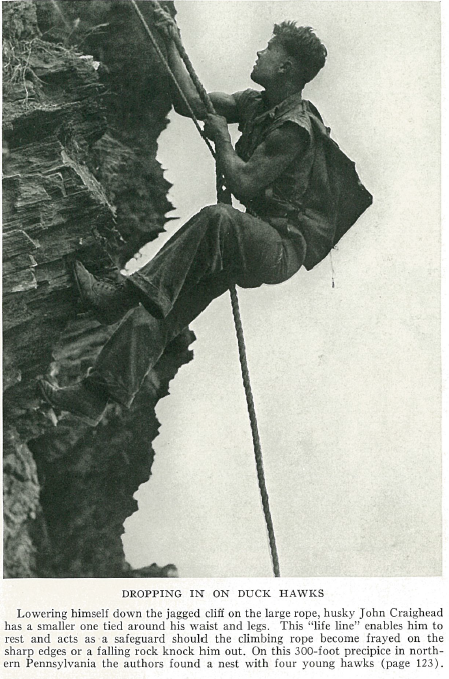Life has forced me to take a break from falconry for the next year year or two. Last fall I finished my PhD and needed to concentrate on writing my dissertation. Rather than compromise between writing it and training a bird, I decided it was best for me to finish the dissertation properly. Shortly after I finished, I began a postdoc position at the University of Maryland. Cost of living near Washington, D.C. is outrageous and we downsized from a three bedroom house to a two bedroom apartment. There’s simply no room to keep a bird, even a kestrel. The position is only for a maximum of two years, so we’ll be moving again soon enough. Hopefully I’ll land a permanent job and be able to get back into falconry then.
I recently (within the last year or so) became interested in comics. A lot of it had to do with realizing that there is a sizable chunk of comics that aren’t superheros. My favorite series so far is “Sixth Gun”, written by Cullen Bunn and drawn by Brian Hurtt. It’s a nominally a weird western, being set just after the end of the American Civil War and centers around a set of enchanted pistols that have the ability, when combined, to reset the course of history to whatever the wielder desires. However, the base story at the center of the series could be told in any era, not just the Wild West, so it should appeal to people beyond those who like westerns.
After I read some comics, I went to a comic convention out of curiosity. I’ll probably never be able to afford a custom oil painting, but I thought it was really neat that I could get a bespoke piece of artwork from comic artists and illustrators at the con. This recently converged with my love of falconry and I commissioned a sketch of the Holy Roman Emperor Frederick II from Chris Schweizer. I keep meaning to write a blog post about Frederick II because he was so influential in the history of European falconry. Suffice to say, he was a master of the sport and wrote the first treatise on the subject, “De Arte Venandi cum Avibus ” (“The Art of Hunting with Birds”).

Frederick II, roughs. I borrowed this from Chris’ Instagram, via Tumblr
Though it may not appeal to some, I really dig Chris’ style (full admission, this is the second piece I’ve commissioned from him – the first was a robot fighting triceratops, which was a Christmas present to my wife). When he originally put a call out for commissions, Chris said it was for a single figure and if it was a historical figure (which he enjoys drawing, see his ongoing Warrior Women Wednesday drawings of historical warrior women) he might add a little something. What he came back with blew my socks off. It’s way more detailed than I expected and I couldn’t be happier with it.

Frederick II, final. I borrowed this from Chris’ Instagram, via Tumblr















